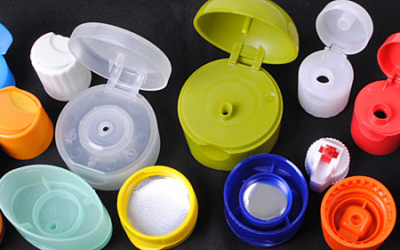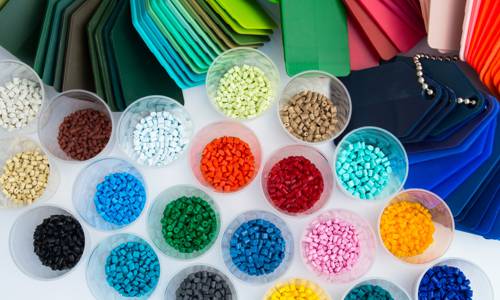Moulding
Founded in 1993, SSP boasts a long tradition of providing quality products manufactured through Blow moulding and Injection moulding process. Our facilities and our people are what keep us at par. From the initial part designing through tooling and production, we utilize our talents to create cost-effective solutions for you. We offer all our clients with widespread solutions, excellent & hassle-free services. We are totally customer focused & work in flexible partnership with our clients to ensure seamless service to meet and often exceed their expectations.
Our flawless quality and strict commitment towards product innovation have helped us to earn an astonishing market share in our short journey of several years. We take great pleasure in knowing that our products are setting the standards of quality and consistency in the entire market.
Moulding is the process of manufacturing by shaping liquid or pliable raw material using a rigid frame called a mould or matrix. This itself may have been made using a pattern or model of the final object.
The process begins with the conventional downward extrusion of a tube. When the tube reaches the desired length the mould is closed catching and holding the neck end open and pinching the bottom end closed. Then a blow-pin is inserted into the neck end of the hot tube to form the threaded opening and inflate the tube inside the mould cavity. When the mould is completely cooled it is opened to eject the bottle and the excess plastic is trimmed from the neck and bottom areas
Injection moulding is a manufacturing process for producing parts by injecting molten raw material into a mould. The process begins with feeding the polymer resin (pellets) down to the auger (screw) is a large open-bottomed container. An electric (or hydraulic) motor is responsible for turning the auger inside a heated cylinder which feeds the pellets up through the grooves of the auger.
A gate before the mould cavity restricts the flow of the melt into the mould and limits backflow. The pressure created by pushing the forward through the grooves up to the gate also produces heat on the inside of the cylinder which helps to melt the polymer and prepare it for injection into the mould.



